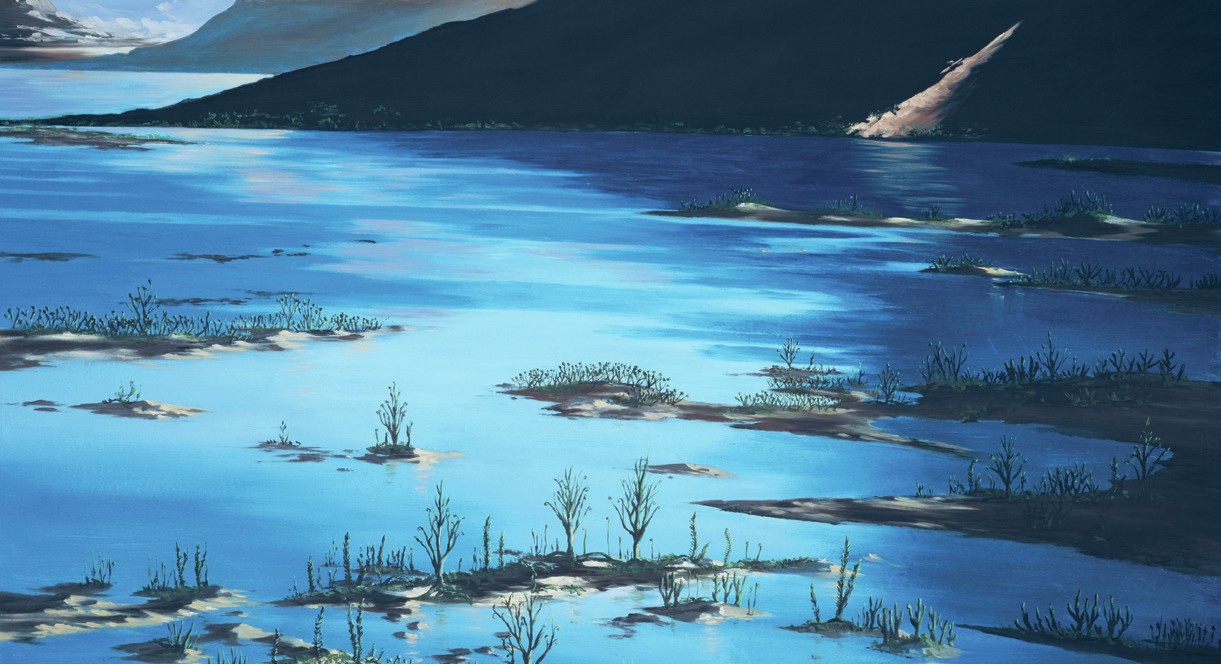
This image shows an artist’s reconstruction of the habitat where the first land plants lived (around 440 million years ago). Although morphologically simple, flat plants had been growing on the damp surface for several million years; the first plants capable of standing upright had no competition for light. This meant that there was no selective pressure favouring linear outgrowths from the stems, at least for the first colonisers of the terrestrial environment. But that would have changed over time.
The more upright plants there were, the greater the competition to intercept the sunlight – and making stems (with all that xylem and phloem) is metabolically expensive. The selective pressure had begun, favouring lateral organs to maximise light capture.
Your organisation does not have access to this article.
Sign up today to give your students the edge they need to achieve their best grades with subject expertise
Subscribe



